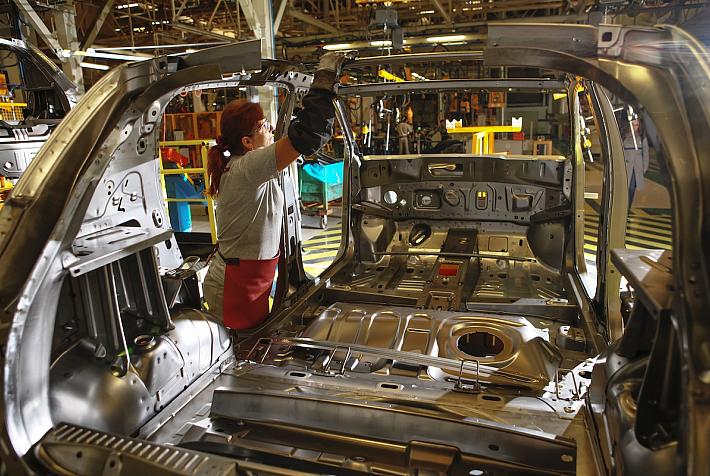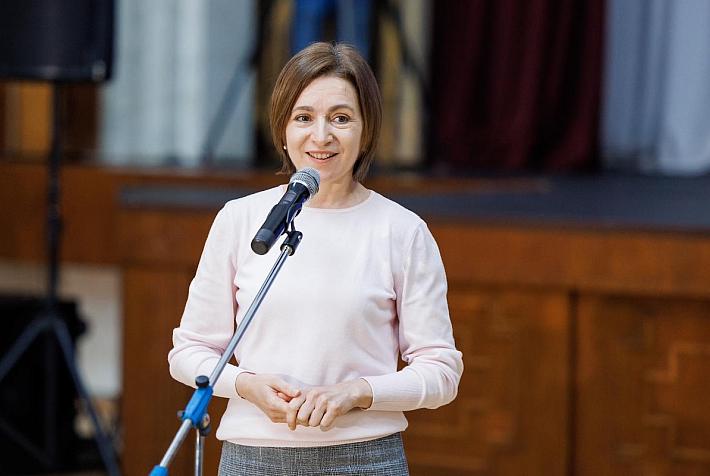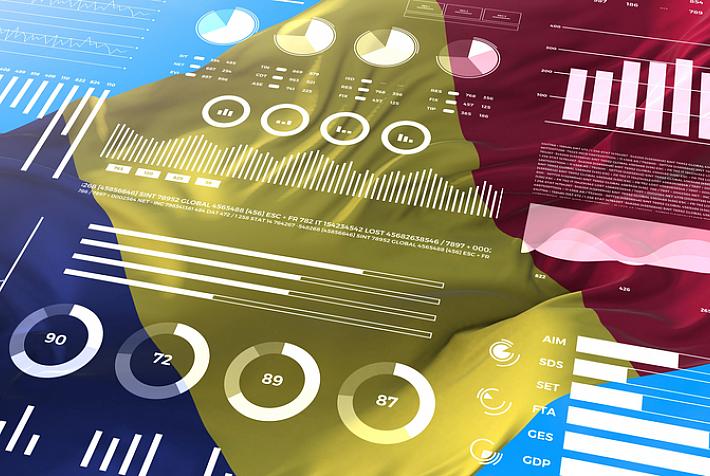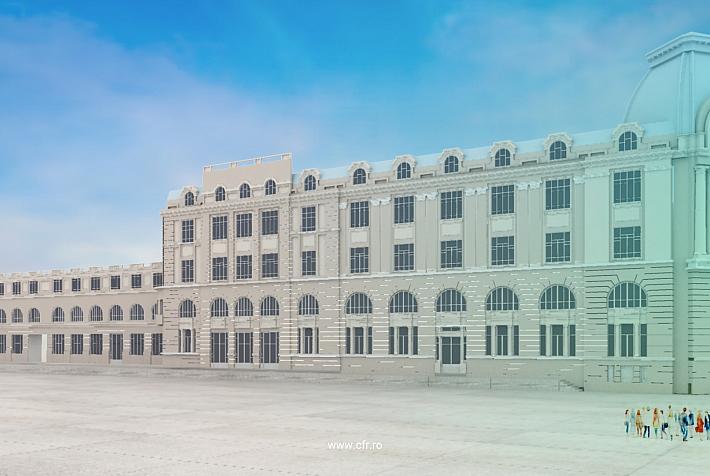Travel planner: Sinaia revisited- a Royal resort with a wealth of natural beauty and a gateway to the mountains

 Sinaia is certainly well known, but it remains a very pretty, albeit fashionable, little town at the feet of the Bucegi mountains, in the Prahova river valley, at about 60 kilometers north from Bucharest and at 50 kilometers from Brasov.
Sinaia is certainly well known, but it remains a very pretty, albeit fashionable, little town at the feet of the Bucegi mountains, in the Prahova river valley, at about 60 kilometers north from Bucharest and at 50 kilometers from Brasov.
The town was named after the Sinaia Monastery around which it was built. The monastery is named after the Biblical Mount Sinai and was built in 1695 by the Romanian Prince Mihai Cantacuzino - an aristocratic family of Wallachia, Moldavia and Russia, a branch of the Greek Kantakouzinos family, descended from the Byzantine Emperor John VI Cantacuzenus. Prince Mihai founded the monastery after undertaking a pilgrimage to Mount Sinai.
Sinaia was first mentioned in documents, as a mountain resort, in 1869. After King Carol I built the Peles Castle (1873), Sinaia became the summer royal residence. Prior to World War II and the abdication of the King Mihai I (1947) Sinaia was used as summer retreat for the Romanian aristocracy. Since the Romanian revolution, Sinaia has seen a new wave of development, and is now one of the most attractive and visited locations in Romania.
The resort is located in Bucegi Natural Park region, a wonderful mountainous area. The Bucegi Natural Park area includes the dramatic Varful cu Dor, Furnica and Piatra Arsa mountains. As well as the forests, the area boasts a profusion of Alpine flowers, including mountain peony, edelweiss, and yellow gentian. At the entrance to the Cumpătu district of Sinaia is the “Sinaia alder-tree grove” a botanical reservation under the protection of the Romanian Academy and the Bucharest Biology Institute. In the same district, is another ecological research station under the patronage of UNESCO – Jacques Yves Cousteau and belonging to the University of Bucharest, which also includes a museum of Bucegi Mountains fauna.
The areas monuments include:
Peles Castle - one of the most beautiful castles in Europe, built by order of King Carol I Hohenzollern in 1877 – 1879, inaugurated in 1883 (in opening picture).
Pelisor Castle – is a part of the Peles Castle complex and was built in 1899 – 1903 by order of King Carol I as a residence for his nephew and heir King Ferdinand
Sinaia Casino-was built in 1912 – 1913 by order of the King Carol I

Sinaia Monastery – built in 17th century by the Prince Mihai Cantacuzino. Nowadays as a part of the Bucharest archdioceses is inhabited by 13 Christian Orthodox monks (in picture above).
There are several annual festivals in Sinaia, including a classical guitar contest, The Autumn Festival called “Sinaia forever” (in September) and The Winter Festival (in January)
Wondering how to spend an active day/holiday in Sinaia ? During winter it's an obvious place for a ski trip, but Sinaia also has a Bobsled run – 1,500 m long with 13 turns and a 132 elevation difference. Sinaia has several ski slopes : Carp – difficult, 2500 m, Valea Dorului – medium, 600 m, Vanturis – medium, 2900 m, Turistica – medium, 2800 m, Drumul vechi – easy, 5000m, Poiana Stanii Regale – easy,250 m.
The access to the slopes is possible from the city center, by taking the first cable car to Cota 1400 and then a second cable car to Cota 2000. Cota 1400 can also be reached by car. On the western side of the mountain is the great Valea Soarelui ( Sun Valley ) and Varful cu Dor at the end of the chairlift line. The Sun Valley has gentler inclines and some intermediate and beginner slopes. It is a great place for snow borders too.
Varful cu Dor is a great place to spend some time, the high altitude and the white surroundings make the place perfect for winter sunbathing.Varful cu Dor is a good starting point for cross country and ski touring and the experienced skiers can explore the area and its surroundings. Touring routes can be made towards Vanturis area (in the South), Bolboci area (in the West) and Blana-Laptici areas (in the North).
During summer, for people who love active relaxation in a middle of the nature and mountain trips, Sinaia is perfect. Sinaia is the main entrance to the Bucegi massif with its large crest of grassy stone in an ascending line from Varful cu Dor (1885 m) to Piatra Arsa (2075m), Babele (2290m), Caraiman (2385m), Costila (2490m) and Omu (2507m). Bucegi mountains hiking routes are well marked and signs are in good condition. The hiking routes can be chosen for every level, ranking from very easy to very difficult.
Several huts on the plateau of the mountain, and also along the marked trails, offer refreshments or a warm meal to the tourist. The Bucegi mountains have a relatively long plateau at an altitude of about 2000m that is ideal for mountain biking in the summer. The cable car in Sinaia is open all the summer to provide the transportation of the bikes.
The Bugegi mountains are also home to a pair of astonishing natural monuments, Babele and Sfinx. Sinania is a very good location from which to explore both ( it takes a couple of hours). The great panoramas visible from many of the laterally emerging peaks of the plateau are a good reason for exploring. But the curious and powerful forces of the nature can be seen at the place called Babele (The old ladies). Here, from immemorial times, a naturally modeled group of rocks have fueled local legends.
Numerous one day hiking routes are possible and mountain rescue teams patrol all areas . There above mentioned mountain huts offer food and accommodation, so they can be used for longer treks. A number of chalets are easily accessible from Sinaia. (Cota 1500, Virful cu Dor - elevation 2,000 m, Cuibul Dorului - 1,200 m, Babele - 2,206 m, Omu - 2,505 m, Padina - 1,525 m, Piatra Arsa - 1,950 m, Pestera - 1,600 m, Piscul Ciinelui - 950 m, etc). Among the well marked, high altitude mountain biking routes is a track the Omu Peak (2505m), the highest Peak in Bucegi. MTBs are available for rent in Sinaia.
For rock climbers there are plenty of "walls" waiting to be explored. Some easy ones are available in Sinaia. The access to Costila region is easy, only 30 minutes hiking from the town of Busteni, 10 minutes by car from Sinaia. Some other climbing possibilities can be found in Padina.
All that walking, biking climbing and skiing should work up a good appetite, so here are some local dishes to look out for; bean soup in bread, bluz ( a dish with bacon, sausage, egg, polenta), many types of steaks, papanasi ( a Romanian “donuts” with jam and cream). The Prahova river valley is a famous wine growing region, so plenty red, white, rose, dry and sweet wines from the Dealu Mare region can be found. Look out for vineyards “ Tohani” and “Valea Calugareasca”.
Sinaia couldn't be easier to get to from Bucharest; by car on DN1 road – 125 kilometers, 1 hour and 42 minutes (approx), by train from Gara de Nord, or by bus.
By Mariana Ganea, Guest Writer
Mariana holds a PhD in Economics and she has been working in banking since 1991. Now, she is senior training consultant in banking and she is also freelance authorized trainer in soft skills and financial banking techniques. She studied banking techniques, communication, sales, NPL, coaching and transactional analysis. She is passionate about education, travel, history, politics, music, reading, movies, cultural events and photography.
The views expressed are her own and do not necessarily reflect those of Romania Insider.com.
(photos by Mariana Ganea)












